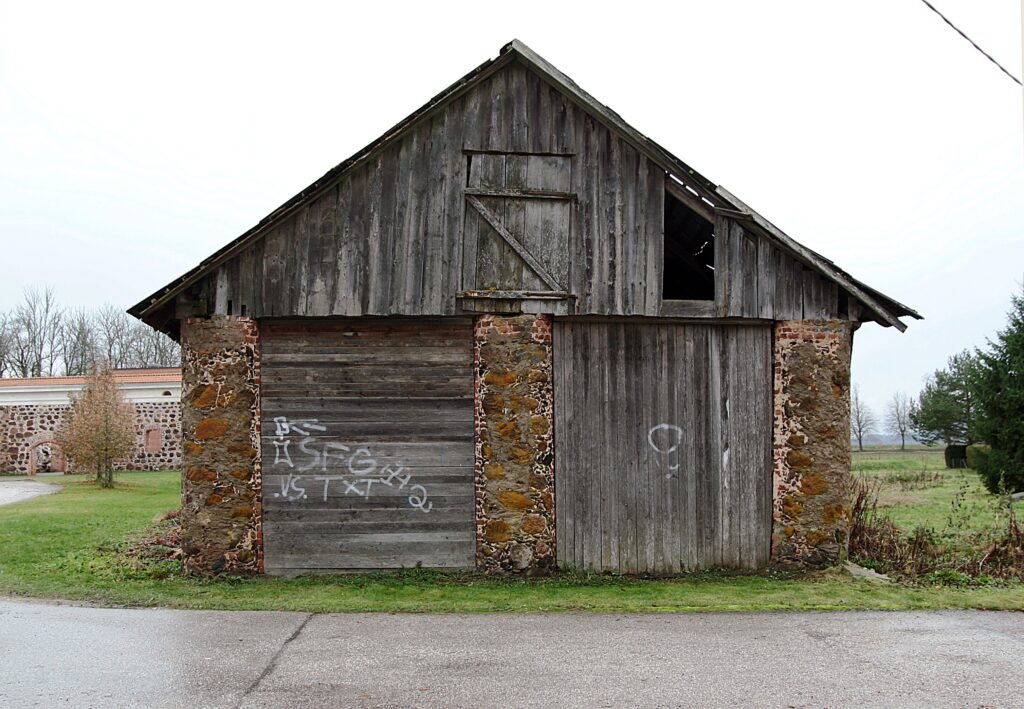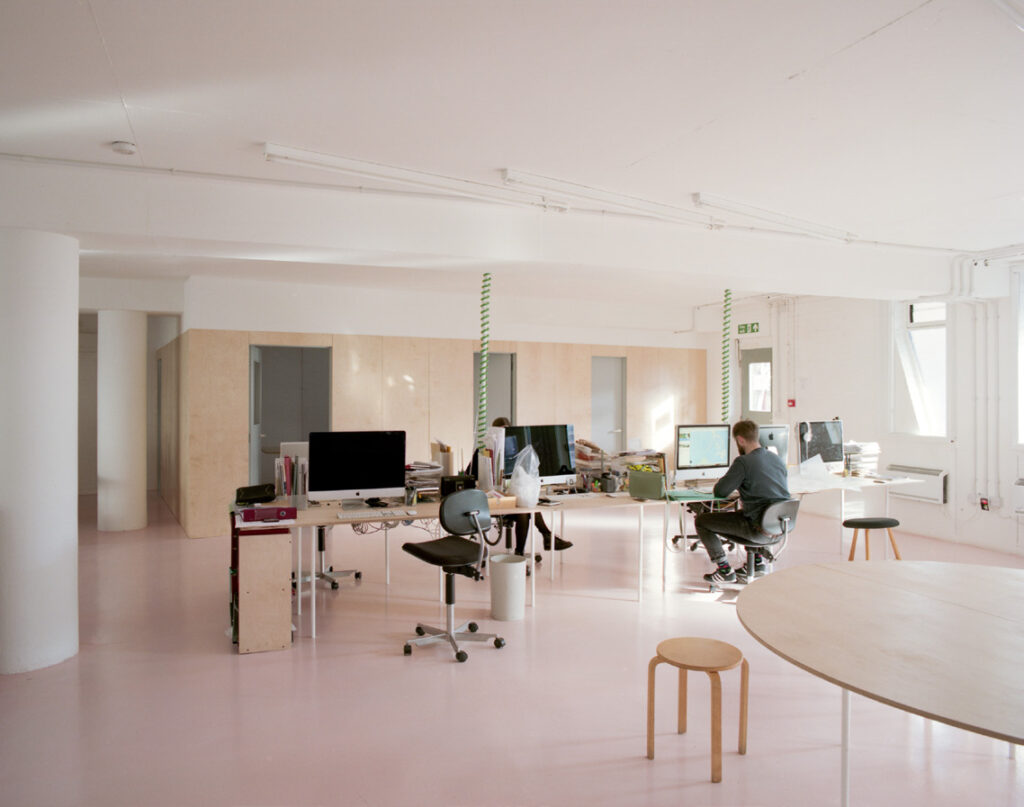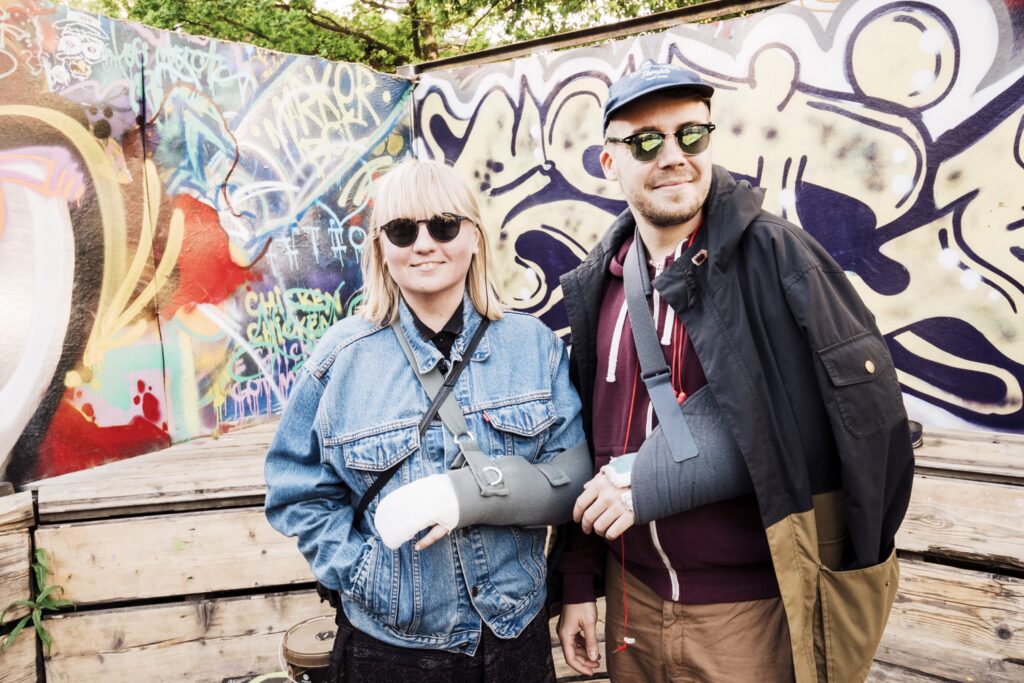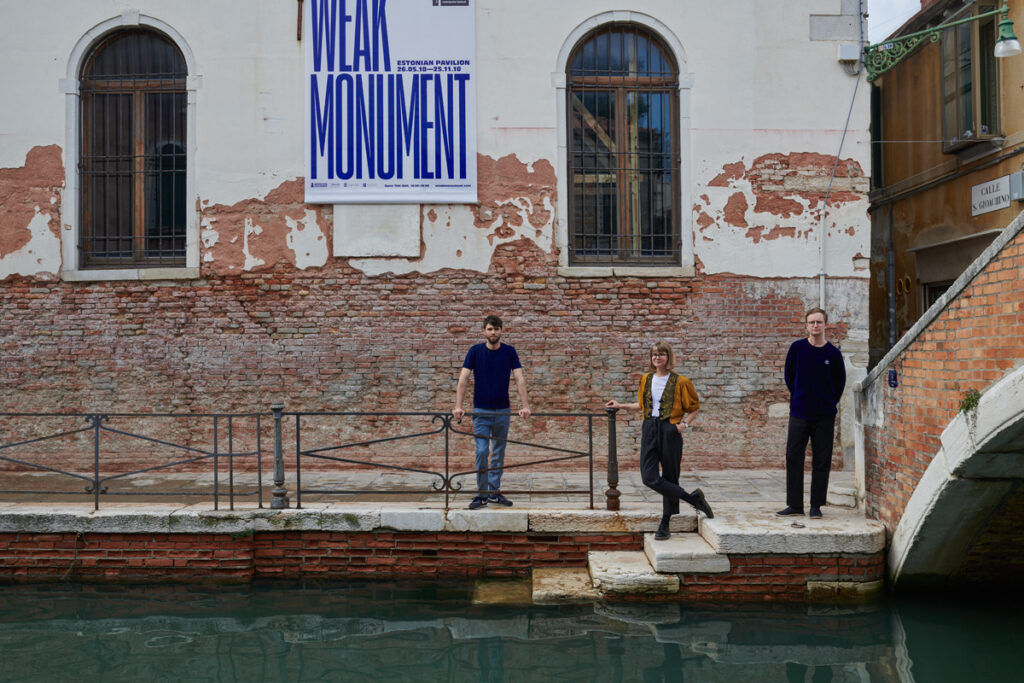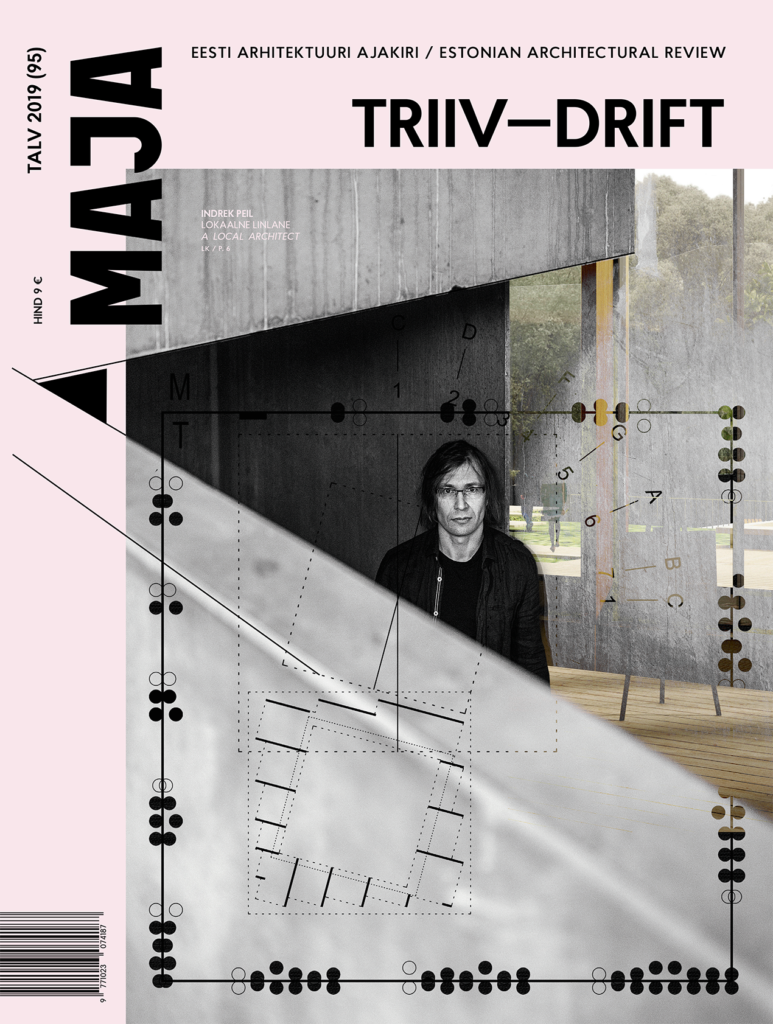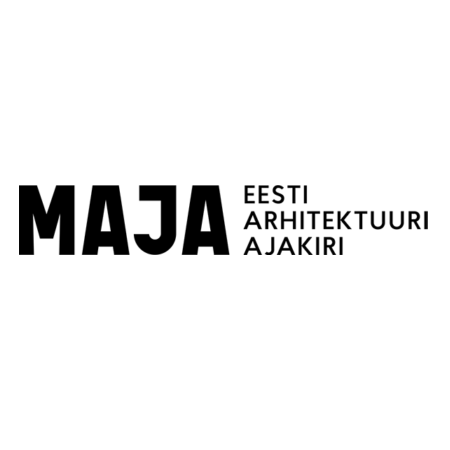The stocky fieldstone columns of Viljandi County sometimes form a part of a romantic landscape of ruins, sometimes a utilitarian agricultural complex. Although built more than a hundred years ago, they form architecture with a strong presence in the here and now. They are a framework that can be either filled or let alone as needed.
I sat down with Judith Lösing, Julian Lewis and Dann Jessen, the three directors of East Architecture Landscape Urban Design Ltd., the architecture office I work with in London. As an office it is not uncommon for us to exchange ideas and discuss matters that might not have a direct connection to a project but that are a part of a wider architectural discussion. For this issue, I invited the three directors to discuss the way East’s practice that spans around 20 years relates to the theme of authorship in architecture and how practicing more or less exclusively in London shapes that relationship.
Balta is a hybrid of a silk screen printshop and a bar for close friends. Its spatial use and construction logic is closely tied to its founders and changing needs: it is a place whose structure is a co-creation of the entire community. To best describe the project architecturally, it is reasonable to regard the establishment as a flow; an accumulation and recycling of materials. Such a dispersion of authorship and, above all, a material-based point of view is rather a matter of spatial aesthetics, one that provides a visible, perceptible experience of sensuosness and physicality. How is a community bound to its space?
The new building of Narva College features self-conscious architecture embodying the vitality of culture – mystery, courage and community.
Villem Tomiste is like a figure from the beginning of 20th century Young Estonia movement – genuinely European, deeply urban, and as such, slightly suspicious for the local conservative community. Unlike many architects who preach social benefits, he actually lives by what he promotes in his civic visions – urbanistically to the core, commuting on foot and by tram, avoiding over-consumption, and with a refined aesthetic sensibility. Contemporary spatial culture is, for him, a field of opportunities: extending from urban planning and landscaping projects to dialogues with contemporary music, the visual arts and various exhibition practices.
‘Weak Monument’ examines the effect and significance of architectural elements and pragmatic everyday architecture and describes how weak (and normally not material-intensive) architectural practice may become significant and give rise to something new.
No more posts

